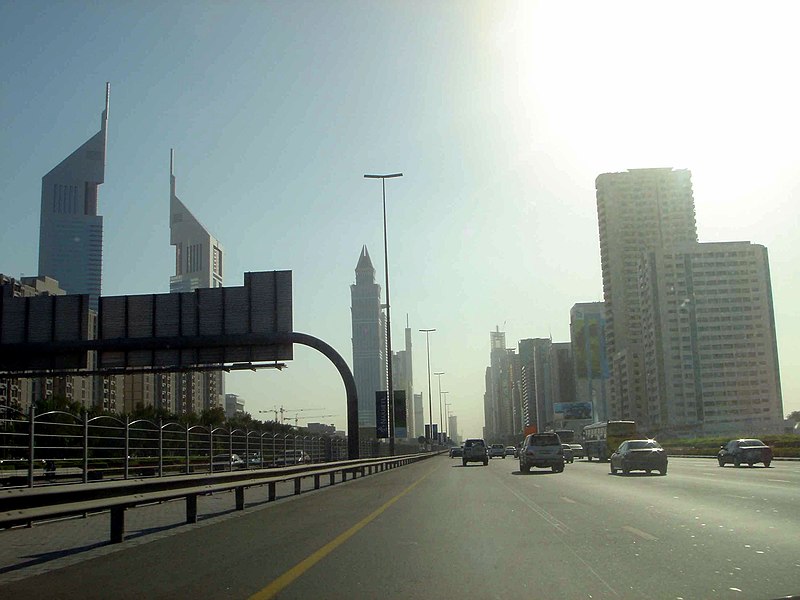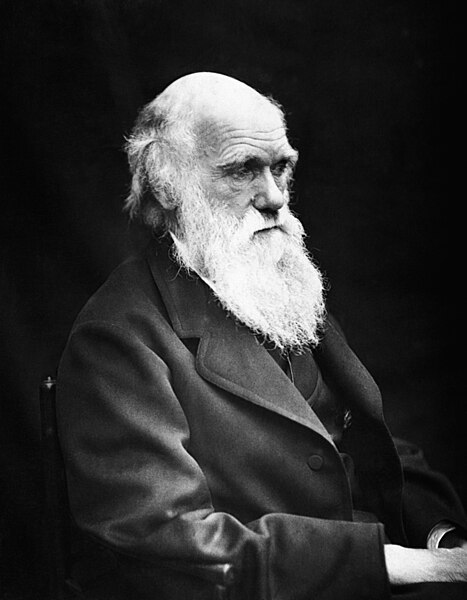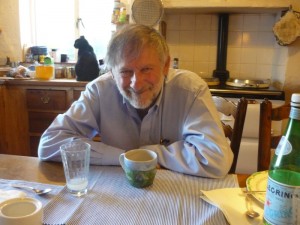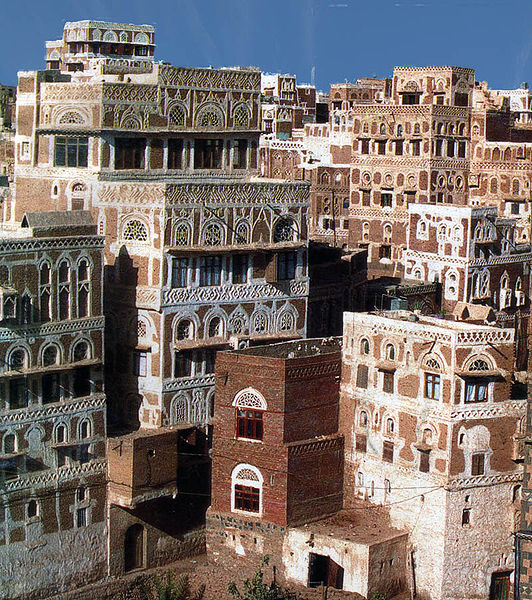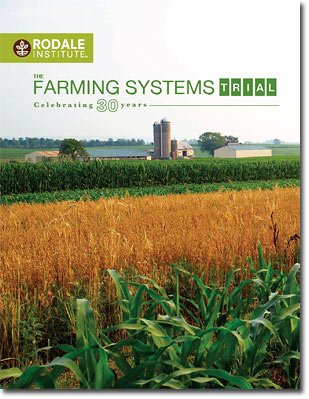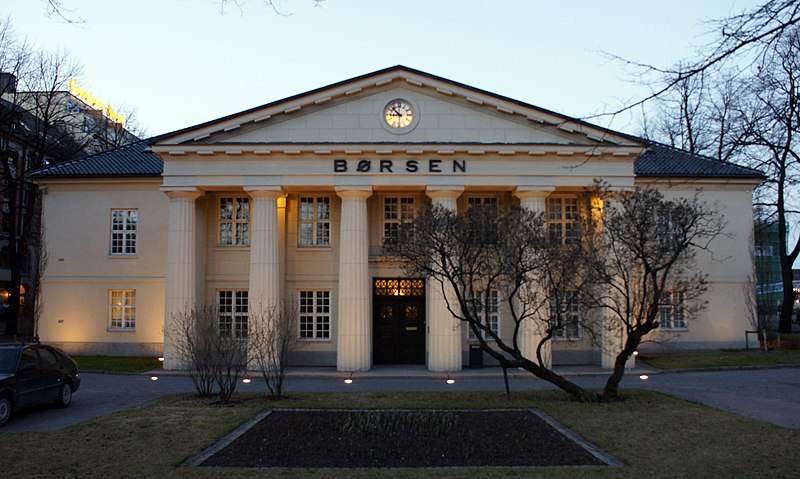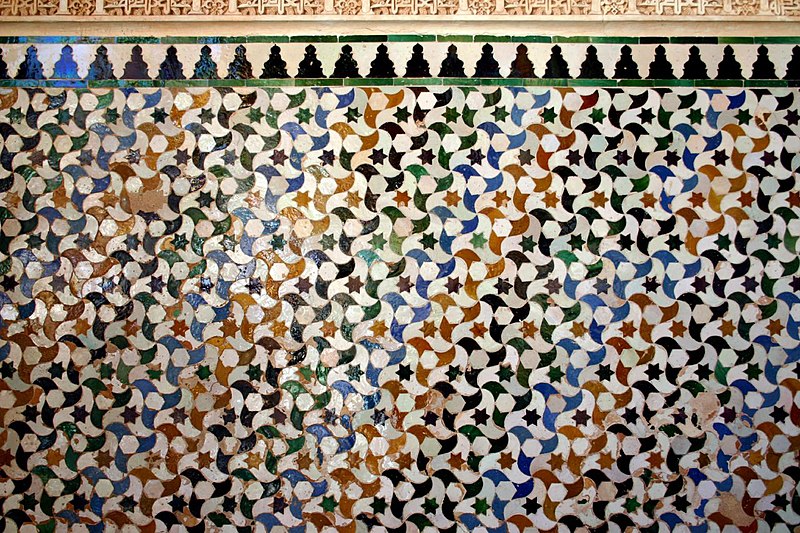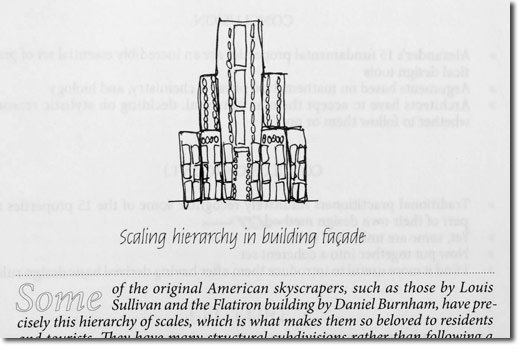“How do we get from here to there—from where we are to where we want to be? One can imagine a civic economy where economic trends are moving toward making provisions for everyone and ensuring that future generations have the capacities to meet their needs. But how do we get there?
Perhaps we cannot make it. The here is protected by powerful interests. It works quite well for a few. At the same time, there are many, perhaps 5 to 6 billion who would move to “there” at a moments notice if they could. Still, as long as the ownership of property gives legitimacy to rule, it is doubtful if we will see the change that justice and sustainability require.
The Egyptian uprising, for example, was a sign of hope. They affirmed their human dignity and demanded recognition of their human rights. Western nations joined them not be really supporting democracy, but by interfering with their people’s rule by “economic development” (corporate control). For the West, it seems that capitalism must control democracy instead of democracy controlling capitalism.
The here is the world of ownership; of property management. And the most significant property has become money. Money, the common currency (by common I means that it belongs to us all) that should be available to everyone so we can all participate in an economy of provisioning, has become a property that can be bought and sold as though it were a commodity. Money, as a means of exchange and as a token by which people can pay taxes and support the state, has become the property of banks. As long as we continue to live in the legacy of this Smithian economics of property, we will remain stuck in the “here” of the few enjoying their riches as the expense of the many.
I have no special insight into how we will actually move from here to there. I think I have pinpointed what prevents such a movement: the capitalistic magic of turning everything into a commodity. We are not commodities. Nature is a living system. Money is a provider of credit and a means of exchange. My proposal is that we not only recognize the failure of Smithian economics to create a world for all, but that we also take on the role of global citizen and in conversations with other citizens deliberate about how we move foreword: from here to there.
And what can I do? I can participate in a few of the millions of groups and organizations that are striving to move from here to there. Right now they may not seize the day, but they may quiet the night. In the future, who knows?”
The here is the world of ownership; of property management. And the most significant property has become money. Money, the common currency (by common I means that it belongs to us all) that should be available to everyone so we can all participate in an economy of provisioning, has become a property that can be bought and sold as though it were a commodity. Money, as a means of exchange and as a token by which people can pay taxes and support the state, has become the property of banks. As long as we continue to live in the legacy of this Smithian economics of property, we will remain stuck in the “here” of the few enjoying their riches as the expense of the many.
I have no special insight into how we will actually move from here to there. I think I have pinpointed what prevents such a movement: the capitalistic magic of turning everything into a commodity. We are not commodities. Nature is a living system. Money is a provider of credit and a means of exchange. My proposal is that we not only recognize the failure of Smithian economics to create a world for all, but that we also take on the role of global citizen and in conversations with other citizens deliberate about how we move foreword: from here to there.
And what can I do? I can participate in a few of the millions of groups and organizations that are striving to move from here to there. Right now they may not seize the day, but they may quiet the night. In the future, who knows?”
 |
| Photo: Circus |

